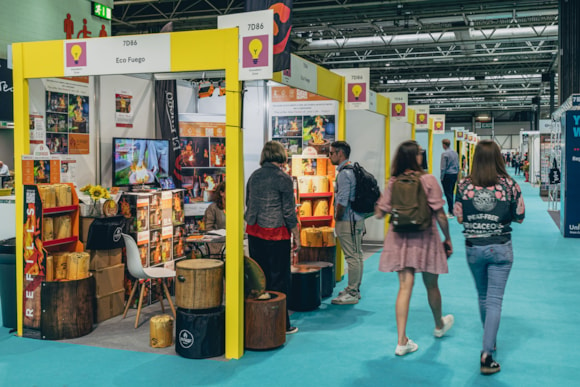The Local Data Company (LDC) has been tracking the impact of Covid-19 on British town and city centres, reporting that as of April 30 just 28 of the top 100 retailers are still operational, although some are considering their reopening strategy once lockdown ends.
Even retailers deemed ‘essential’, which have been allowed to continue trading throughout the lockdown – now six weeks in – have had to implement stringent health and safety measures and rethink the way they do business. Finding staff that are not self-isolating has also proven difficult. Sainsbury’s CEO, Mike Coupe, revealed that at one point 25% of all staff were off sick (or self-isolating) due to the pandemic, an incredible stat which reveals the huge scale of the operational challenges faced by retailers.

There has been a particularly strong impact on big city centre transport hubs, where commuter traffic has dramatically fallen away. “The clustering of temporary closures around London and Birmingham correlates with the high number of COVID-19 cases in these cities, which has placed additional operational pressures on sites”, says LDC.
Some brands have been focusing on the online marketplace, with both B&Q and Next reopening their website in late April. In the case of B&Q this was followed by actual store openings and by now all of its 288 shops are open. Online sales have been essential in boosting cashflow for both brands and retailers, as highlighted by Amazon passing the extraordinary trillion dollars in sales milestone.

Some takeaway and food-to-go brands are also reopening select sites, such as Pret-a-Manger reopening close to NHS hospitals. Food-to-go hubs around heavily populated office zones will undoubtedly be adversely impacted long term, with working from home likely to become mainstream practise as workers adapt to remote working and shifting work patterns.
Town centres with low levels of long-term vacant units (units vacant for over 3 years) will have a greater buffer to absorb the high number of store closures expected due to COVID-19. Cathedral towns dominate those with the lowest long-term vacancy rates, such as St. Albans (1.9%), Canterbury (1.6%) and York (1.4%). These towns are likely to be more resilient going forwards.
Other more resilient town centres will be those less exposed to the intense challenge leisure occupiers face by the prolonged lockdown. 15 of the top 100 town centres have an undersupply of leisure compared to the GB average (25%) with Peterborough, Swindon, Walsall and Chesterfield being the largest of the 15. Out of those 15 with an undersupply of leisure, Peterborough, Chesterfield, Rotherham and Enfield also appear among the top 10 towns with the highest percentage of essential retail which is still able to trade, which will add strength to these towns.
An increase in unemployment is inevitable and will consumer spending, whilst consumer confidence will also take a while to recover, with many people indicating the desire to continue social distancing for quite some time to come.
Recovery of the hospitality sector will be heavily dependent on the broader impact on the economy and changes to disposable income. Domestic tourist hotspots, however, could, eventually, see a boost in trade. Travel restrictions across America and Europe combined with the economic downturn and caution brought about by the global pandemic will encourage local domestic travel as a safer and more viable alternative. UK destinations with high concentrations of hotels and restaurants such as Torquay (10.6%), Scarborough (7.9%) and Bath (6.7%) could benefit.
To find out more about our work measuring the impact of the COVID-19 pandemic on the UK retail and leisure sector, please get in touch at team@localdatacompany.com.


















